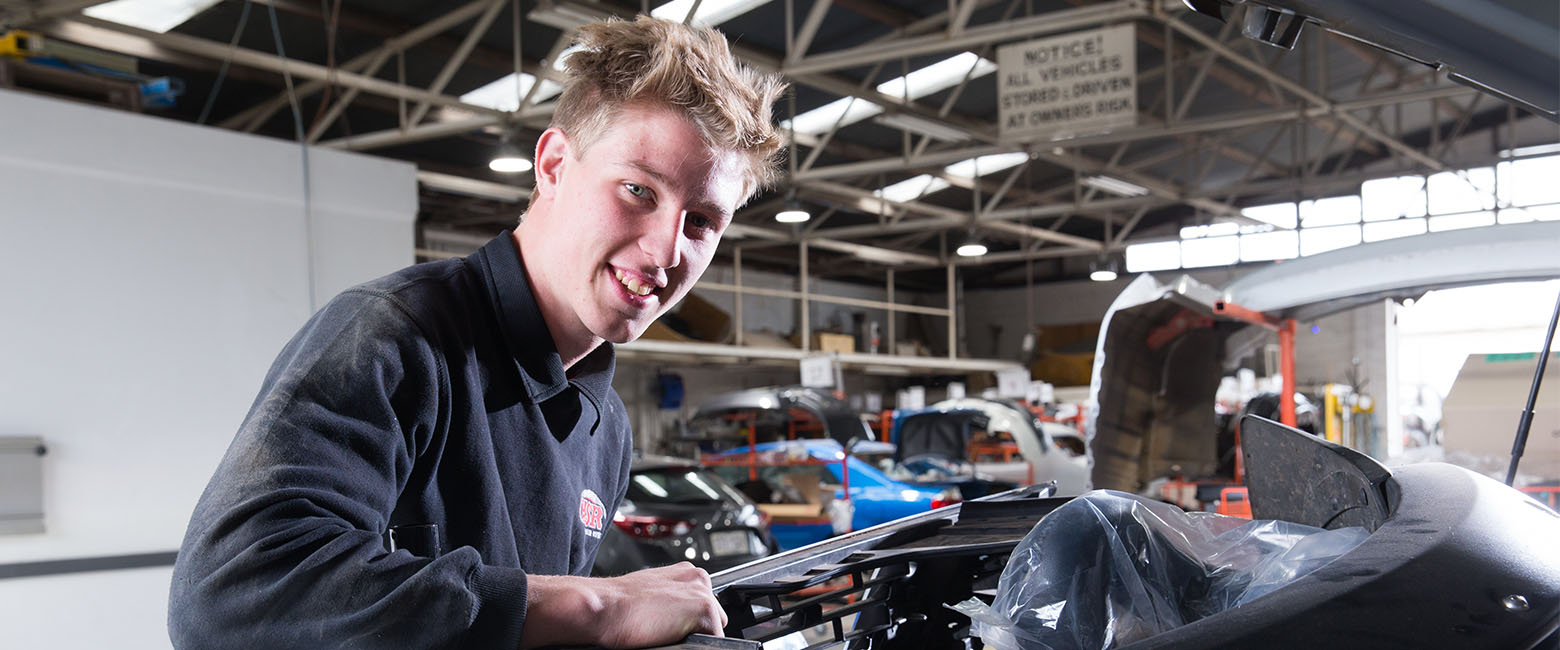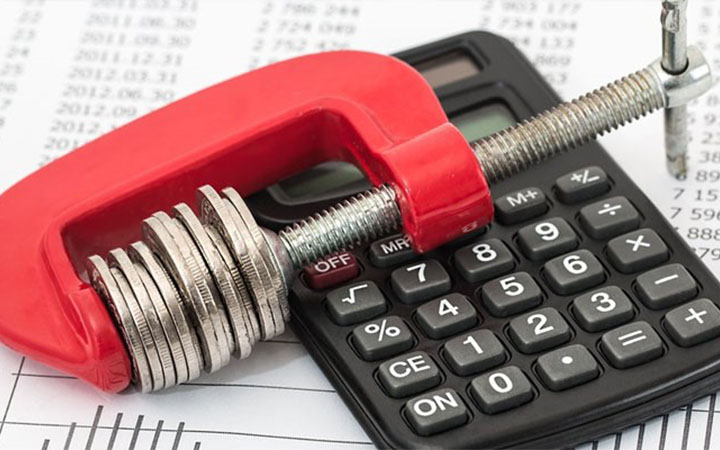While “sustainability”, “eco-friendly” and “environmentally responsible” aren’t the kinds of terms that are synonymous with the auto industry, the fact is more and more of our customers expect us to be as “green” as possible.
A 2019 study by Nielsen found 77% of Australian households were concerned about the environment and 73% of consumers would “definitely or probably change their consumption habits to reduce their impact on the environment”. Two-thirds are willing to pay more for environmentally responsible products or services.
As an industry, we’ve been able to acknowledge the “eco” problem exists. In Capricorn’s State of the Nation Study 2020, 18% of Members said environmental considerations were one of the biggest challenges facing the automotive industry.
So, how can you make your workshop a more environmentally friendly business? Here are 15 ideas you can use as a starting point. Most of these won’t increase your operational costs, but they will help reassure your customers.
1. Sort out your floors
Spills happen. But products like oil and degreaser can soak through concrete and into the environment. Using a barrier, like an industrial acrylic floor system, can stop the leakage and make it easier to clean up fluid spills. Impervious bunding is another option. At the very least, use drip trays.
2. Minimise fluid use
Where possible, minimise the amounts of fluids you’re using (choose dry clean-up methods, for example, and clean up spills immediately to reduce your reliance on liquid cleaners).
3. Minimise absorbents use
Instead of using grit or “kitty litter” type products to clean up large spills, use a mop and bucket and then dispose of the waste via an oil water separator. Putting oil-soaked kitty litter in your general waste bin is a really terrible environmental solution.
4. Choose reusable/refillable containers
Much like many people now taking their own mug to a café instead of using a takeaway cup, choose reusable containers wherever you can, to save them going to the landfill. For example, use refillable spray bottles.
5. Buy in bulk to reduce packaging
Similarly, reduce the amount of packaging you’re bringing into your business. One simple way to do this is to buy products in bulk. That way, we get one 40 L plastic container instead of 20 two-litre containers, for example.
6. Recycle as much as possible
This really goes without saying but, recycle as much waste as you can — plastics, paper and cardboard, glass, etc.
7. Buy ‘environmentally preferred’ stock
Where it exists, choose the greener alternative (for example, non-toxic degreasers).
8. Store responsibly
Whatever oils, chemicals, solvents and paints, etc., you need to store, make sure they are stored responsibly so that any spills can’t escape. Use bunding and follow the manufacturer’s chemical storage and use instructions. Regularly check to ensure there are no leaks.
9. Dispose of waste ethically
This is a bit of a no-brainer because there are already environmental laws in place in every state — that you’re no doubt following. But always dispose of your waste in the most environmentally ethical way possible, using accredited contractors. (Preferably, use contractors who have extra green accreditations themselves).
10. Choose more efficient equipment
Are you using inefficient equipment? Or are you perhaps using your equipment in a wasteful way? Turn off equipment when it’s not in use to save energy. Buy the more efficient paint gun to reduce pollution and waste.
11. Reduce paper use
If you haven’t already gone digital, you’re missing out on lots of savings and efficiencies — and that includes the environmental benefits of using less paper.
12. Minimise your electricity use
There are lots of ways workshops can reduce electricity use. Can you switch to LED lighting, for example? Simple steps like turning off equipment that’s not in use (or is on stand-by) and not having the air con running with the doors wide open can provide both a financial and environmental saving.
13. Keep track of your checks
Whatever environmentally responsible measures you introduce, it’s important to regularly audit them. Make sure your oil disposal policy is being followed, check your chemical store to make sure nothing is leaking, keep an eye on your electricity bill to see that it’s getting lower each month, and check to see if there’s a greener product, service or supplier you can choose.
14. Get green accreditation
Consumers who are looking for reassurance of your green credentials will often look for the endorsement of an official program, scheme or authority. Accreditation from an organisation, like the Motor Trade Association’s Green Stamp, means you’re following certain standards that are above and beyond the minimum expected.
15. Tell your customers what you’re doing
The last thing to do is leverage all the good work you’re doing by telling your customers about it. Put a page on your website outlining everything you’re doing to make your business as green as possible. Share it in your email marketing. Put a poster up in your waiting area.
You can read the full State of the Nation Report here.


